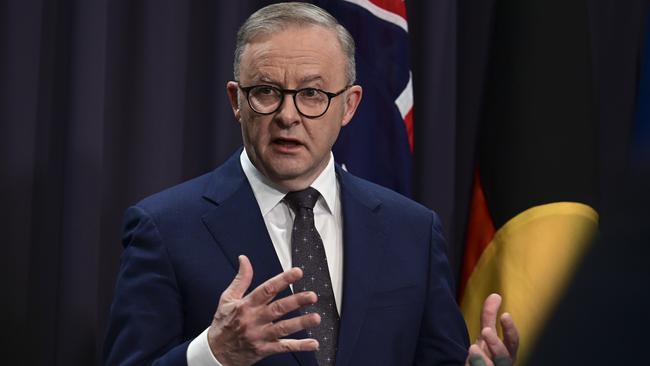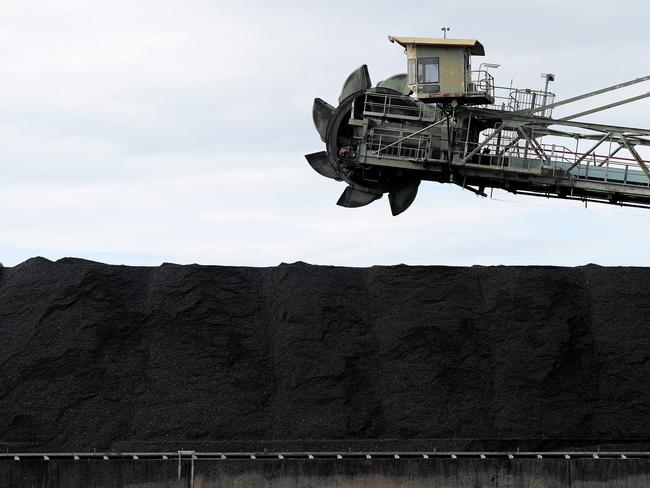
The truth is that unless we alter our strategies, the zero carbon 2050 target means that the recent big power price rises are merely the start of much bigger, longer term power price increases.
Access to current levels of electric power will become unaffordable to people on lower incomes and the electric car movement is being fooled by the robodebt-style concocted statements that say “all is well”.
Longer term high inflation and interest rates are inevitable.
Like robodebt, governments set policies that will boost power prices and create shortages, but deny the inevitable impact.
Although rarely ‘on the record’ for fear of the consequences, gradually those who have been involved in the policy disasters are disclosing the truth.
I hope my commentaries today and tomorrow will accelerate that trend and trigger better ways of reducing carbon.
The biggest potential national crisis is in New South Wales.
People I trust tell me that if Origin’s Eraring Power Station shuts in 2025 – 18 months from now – it will be almost impossible for our largest state to an avoid complete blackouts in some areas and those areas will therefore lose water supply, sewerage and all the other facilities that depend on power.
In 2016, South Australians experienced such a blackout for just six hours and learned their lesson.

When NSW commissioned an independent check-up on its energy policies, I assumed that the person chosen would be yet another highly-paid, robodebt-style consultant telling the government what it wants to hear.
But again the people I trust tell me that I was wrong and that the chief investigator chosen, Cameron O’Reilly, is reputable and is expected to tell the truth – irrespective of current government policy.
If another Cameron O’Reilly could be found to inquire into the mess in Victoria and Western Australia their populations would also learn the truth.
Both states are on a knife edge and any major breakdown will create serious blackouts.
Like South Australia, Tasmania is unlikely to face a crisis but the best placed state is Queensland where the government is, sensibly, continuing its coal-fired generation until it is certain it has an operating renewables program in place.
Owners of coal-driven power plants in most states have been told by the politicians that they have a limited life so, understandably, they perform the minimum of maintenance.
At the same time the sharp fluctuations in supplies from wind and solar make operating coal-fired stations extremely inefficient and equipment damaging.
That’s why Origin gave the required notice that it would shut the Eraring station in 2025.
To avoid blackouts NSW will need to insist that Eraring continues to generate and is properly maintained – which will be costly – at least until 2030 when the Snowy 2.0 project looks like it might be operating.
Presumably, Origin will require the NSW government to ensure a coal price and ordering schedule that enables Eraring to be economic.
Given the above remarks readers maybe surprised that I support the decision of Prime Minister Anthony Albanese to join the so-called Climate Club, where all members guarantee that they will go to zero emissions by 2050.
Given that Indonesia, US, France, Germany and other leading countries have joined it was important that we followed.
But the strategies now being embraced by most of the leading nations to eliminate carbon will have disastrous side effects that may even thwart the base aim.
Among the most popular carbon reduction methods are wind farms and solar which have extremely low operating costs and on the surface look to be cheaper than other alternatives.
The US and Europe are leading the wind farm rush and, as a result, the cost of these wind turbines is rising rapidly. Those cost increases will translate into making power much more expensive.
Worse still, wind farms and solar panels have a limited expected life so most of those currently installed in Australia, the US and Europe will need to be replaced and will make almost no contribution to achieving the net zero objective.

One reputable estimate is that Australia alone faces a total outlay of $1.5 trillion to achieve zero carbon emissions by 2050.
Most of the money will come from private capital that will require a return.
Maybe $1.5 trillion is too high, but all the estimates are that it is massive and will require much higher power prices to provide a return on capital.
The global implementers of carbon-reduction strategies have simply not taken into account the ballooning costs of capital equipment and the enormous amount of minerals (led by copper and nickel) that will be needed.
To trigger such a mineral production boost will require much higher prices to make the mining economic especially as much of the higher grade ore bodies have already been mined so lower grade ore must be accessed.
In Australia it takes about 10 years to bring a mine or a wind farm into production, so some of the short-term carbon-reduction targets are nonsense unless we change the approval process.
My guess is that when the public, not just in Australia, understands that current strategies will have such a disastrous impact on power pricing there will be a global community revolt.
China predicted the rising demand for wind turbines and solar panels and dominates the manufacturing of these products and their components.
We are in danger of being left with other parts of the world where large concentrations of the population will not be able to afford electricity and will revert to low cost carbon energy sources like brown coal.
The enormous outlays in the western world will be for nothing.







Federal and state governments keep talking about looming lower power prices.